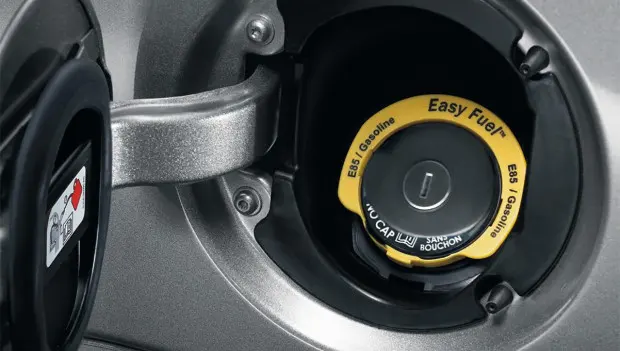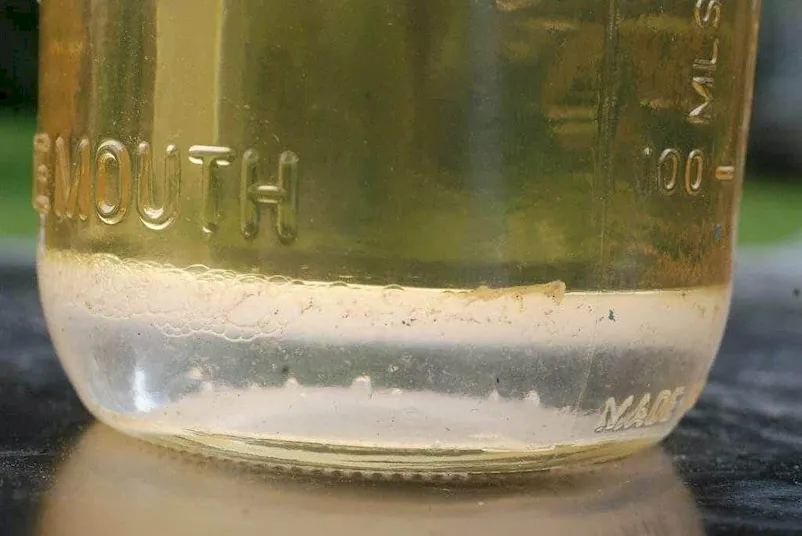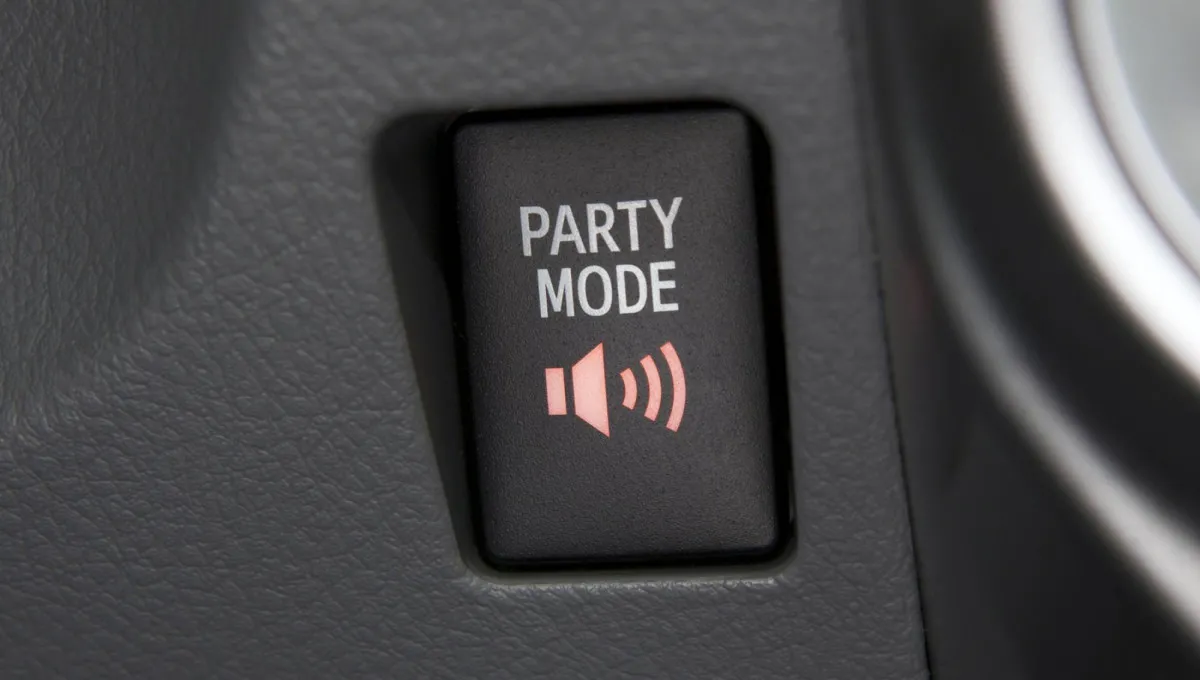Water in the Gas Tank: Many Americans Don’t Know the Truth — Myths, Facts, and Some Surprising Benefits for Your Engine
A quick Google search for “water in the gas tank” brings up countless warnings and horror stories claiming that even a few drops can ruin your car.

A quick Google search for “water in the gas tank” brings up countless tips and horror stories about how this liquid supposedly destroys engines. The internet is full of dire claims: water in your fuel is a disaster waiting to happen — it can kill your fuel pump, cause rust in the tank, and even destroy the engine if it gets inside. But how much of that is really true?
Let’s start with the basics: under real-world conditions, only a small amount of water ever gets into the tank. Sure, if someone were to pour in a whole bucket or connect a hose, the results would be disastrous — but that’s more of a joke scenario than a realistic one. Water is heavier than gasoline or diesel, so it naturally sinks to the bottom of the tank, leaving the fuel on top. The fuel pump, meanwhile, is usually mounted slightly above the bottom to avoid sucking up sediment or water. Even if a few liters of water do end up in the tank, the pump is unlikely to push pure H₂O — more likely a mix of fuel and water, which isn’t nearly as harmful as many fear.

What’s more, modern vehicles are increasingly equipped with plastic fuel tanks that can’t rust at all. Metal tanks are becoming rare, making corrosion far less of a concern.
So what happens if some water actually reaches the engine? In most cases — nothing serious. When mixed with fuel, water enters the combustion chamber as fine droplets sprayed by the injectors, not as a solid stream. There’s no risk of hydro-lock — that only occurs when an engine literally swallows water through the air intake, for instance while driving through deep water. Water coming from the tank simply evaporates in the hot combustion chamber, even helping to slightly cool the pistons and cylinders.
Interestingly, some automakers have experimented with adding small amounts of water to fuel. In certain high-performance engines, the water content reached as much as 13%, improving fuel efficiency and even boosting power. These systems never made it to mass production, but they prove one thing — a bit of water in the fuel isn’t the engine’s worst enemy.
In the end, if some water accidentally gets into your tank, there’s no need to panic. Modern fuel systems and tank designs make such incidents mostly harmless. The key is not to make a habit of it — and definitely not to pour in water on purpose. If it does happen, odds are your car will be just fine.
You may also be interested in the news:

Driver Horoscope for the Week of November 24–28
With Jupiter in Gemini, even a hectic commute can turn into a good conversation.

Three Hidden Automatic-Transmission Buttons Even Veteran Drivers Don’t Know About — and Why They Matter
Plenty of drivers who use an automatic transmission every day are convinced they know it inside out.

How to Remove a Dent from Your Car’s Bumper Yourself: Simple Tips for Americans
It happens all the time — you’re backing up, miss a small obstacle, tap it lightly and end up with a simple dent in the bumper.

Five Mystery Buttons in Cars — Most Americans Have No Idea What They Do
Different brands feature unusual and unexpected buttons.

Safe Behind the Wheel: Three Zodiac Signs Known for Their Most Careful Drivers
Most people drive today, but few become truly exemplary motorists.